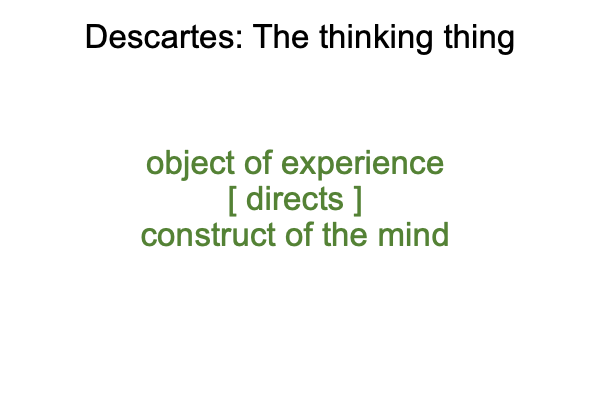Looking at Andrew Ter Ern Loke’s Book (2022) ” The Origin of Humanity and Evolution” (Part 22 of 22)
0184 In chapter seven, Loke concludes.
The concept of Adam and Eve as the “Image Bearers of God” stands at the core of this book.

0185 As much as the author tries to capitalize on the idea that Adam and Eve receive a title, and that this title passes to all humanity through a genetic… oh, a not genetic mechanism, Loke does not arrive at his destination, the answer to the question of the Fall.
How is Original Sin passed from Adam to us?
Why is Jesus the New Adam?
0186 Before Traducianism is challenged by the science of genetics, these questions are easy to answer.
Afterwards, Traducianism itself becomes an example of langue, the mental processing that is arbitrarily related to parole, that is, speech-alone talk.
0187 Yet, there is hope. The first singularity coincides with the fall of Adam and Eve. What is old is made new again.

0188 Future inquiry will extend beyond the book-ends of total depravity and the loss of original justice, into the natures of true versus false and honest versus deceptive.
0189 Who are we?
The behavior of humans in our current Lebenswelt is so different from the behavior of humans in the Lebenswelt that we evolved in, that we might as well label ourselves a different species.
0190 Here is my suggestion.
We should call all humans living in the Lebenswelt that we evolved in, Homo sapiens.
We should call all humans living in our current Lebenswelt, Homo boobiens.
0191 Only Homo boobiens can acquire specialized knowledge so exclusive that it makes them unbelievably stupid. In our world of unconstrained complexity, high intelligence empowers profound Dummheit. Just ask the experts. They will tell you that their recipes for disaster are utterly sensible and moral.
0192 Perhaps, in future academic controversies, the coincidence of the fall of Adam and Eve and the hypothesis of the first singularity will inspire evolutionary scientists to compete with Christian theologians in accounting for the Pascal sacrifice.
The Christian theologian says, “Christ dies for our sins.”
The scientist replies, “No, Christ dies for our stupidity.”
Sin results in death. So does stupidity.
Plus, we are never so stupid as when we play word games in order to lie to ourselves.
0193 The attraction of Loke’s theoretical framework, that Adam and Eve are the first to receive the God-given honorific, “Image Bearer of God”, is that the title is immediately spoiled in the Genesis 2.4-4 narrative, where Adam and Eve demonstrate that, while they are certainly created in the image of God, they cannot live up to the title. None of us can.
0194 There is good reason. Our current Lebenswelt is not the same as the Lebenswelt that we evolved in. So, we cannot even live up to who we evolved to be. We are tempted to believe that our own spoken words picture or point to their referents, when they are really placeholders in systems of differences (at least, according to Ferdinand de Saussure, the founder of modern language studies). We can place a label on anything, then use those labels to manufacture a coherent network of relational elements that seems totally convincing, because every element of the relational structure is occupied by a label.
0195 Inadvertently, the author reveals this in his defense of Traducianism.
In his innocence and earnestness, Loke demonstrates how we may use spoken words to confuse ourselves. Can we label the fruit of the tree of the knowledge of good and evil, “intelligence” and “stupidity”? The moment that we do, some customers will demand the “intelligent” fruits and leave the “stupid” fruits for the less choosy.
Are the picky customers ahead of the game?
Or, are the less choosy correct in concluding that the fruits are all the same?
Fear of the Lord is the beginning of wisdom.
0196 With that said, I conclude my examination of this work, full of intelligence and stupidity, just as one expects from a descendant of Adam and Eve. My thanks go to the author. The arguments offered in this book tell me that we stand on the verge of a new age of understanding, where everything old is made new again.









